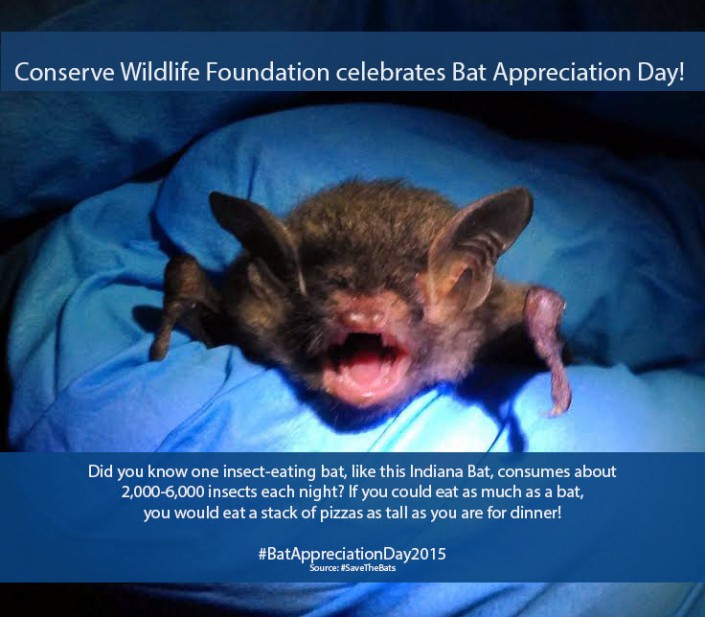Collaborative Projects Gather Data About Bats in the Garden State
by Leah Wells, Assistant Wildlife Biologist
Conserve Wildlife Foundation of New Jersey (CWF) works hard every summer to protect New Jersey’s bats by employing continuous research, education and outreach endeavors. Our Summer Bat Count project and Mobile Acoustic Surveys, both in collaboration with the State’s Endangered and Nongame Species Program (ENSP), are essential components of these efforts, enabling us to gather and document crucial information about bat populations within the state.
Since 2003, the Summer Bat Count project has relied upon the commitment of dedicated volunteers. Equipped with only a fresh set of eyes, these volunteers tally bat populations at known summer roost sites, whether it be a bat house, attic, bridge or church. The project’s primary goal is to gain a deeper insight into the distribution of bats across the state, their preferred roosting conditions and the fluctuations in population over time. While the outcomes of this year’s survey are still pending, emergence surveys during the 2022 maternity season revealed a noteworthy increase in bats for a particular roost in Warren County. This roost has been consistently monitored, with data dating back before the introduction of White-nose Syndrome.





